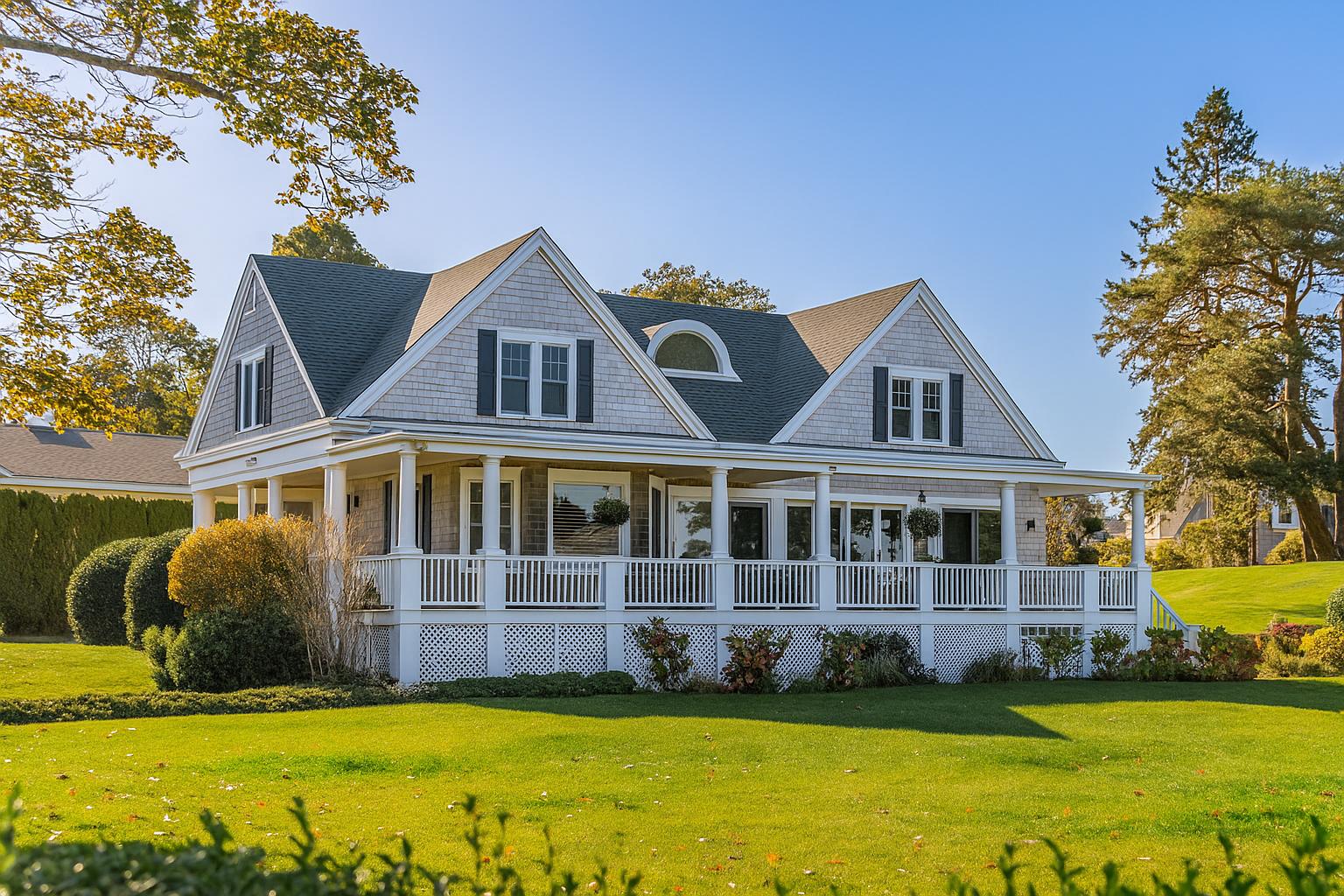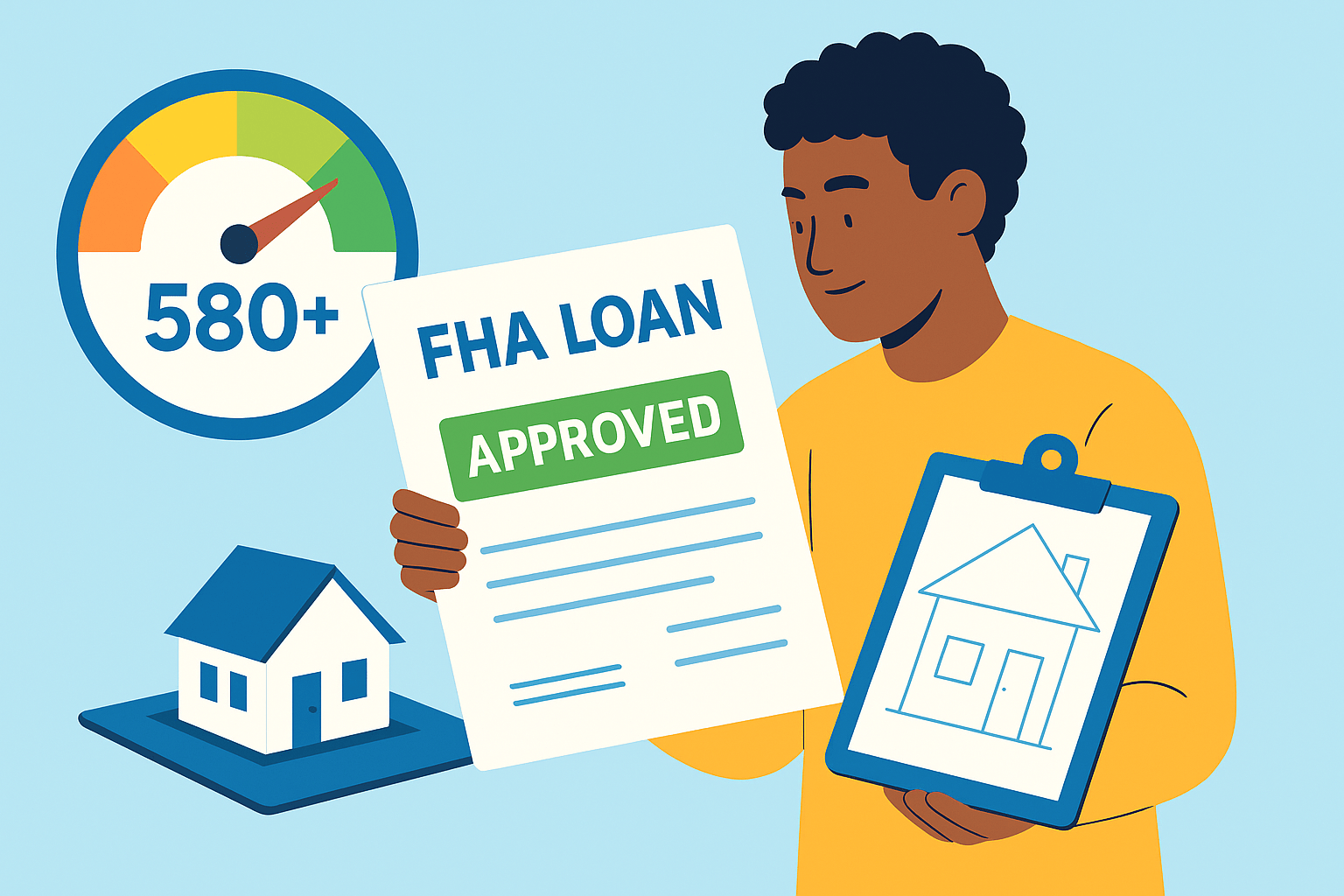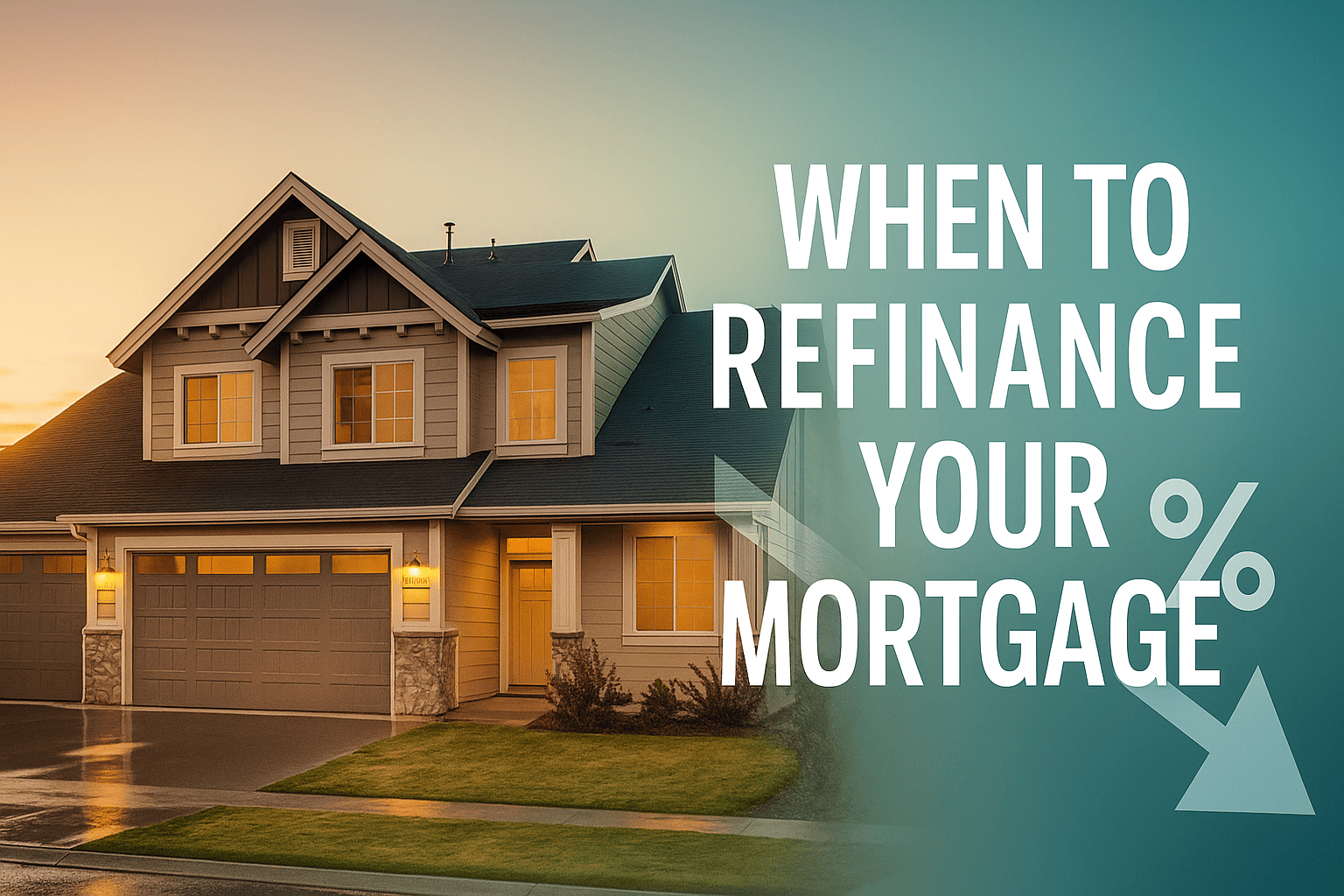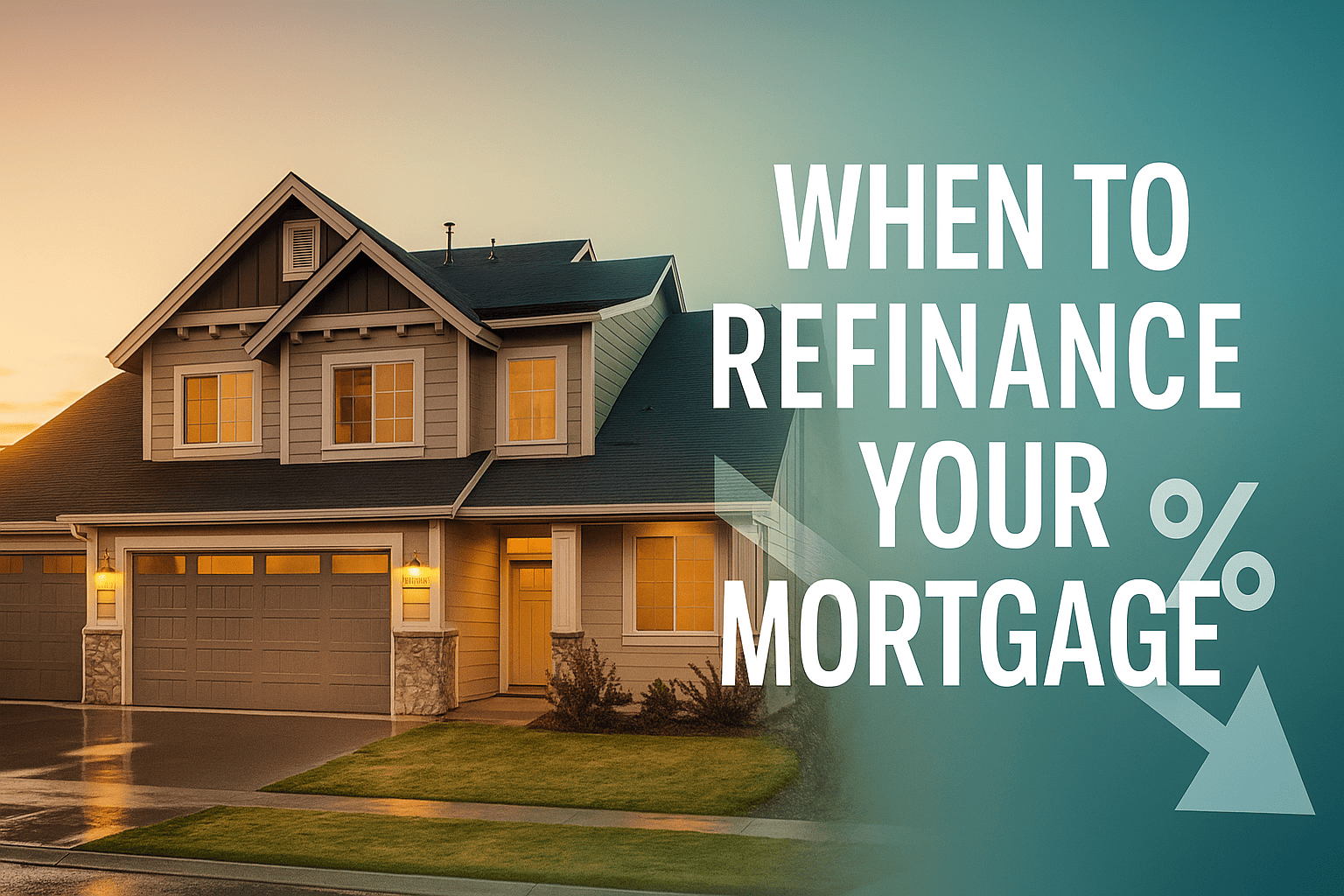Milwaukee Down Payment Assistance Program
Unlocking Homeownership: A Complete Guide to the Milwaukee Down Payment Assistance Program
Dreaming of a front porch in Riverwest or a condo near the Third Ward but worried about the cash required at closing? The Milwaukee Down Payment Assistance Program could be your ticket to unlock the front door. This City of Milwaukee initiative offers up to $10,000 in forgivable assistance to first-time buyers— and, as you’ll see below, qualifying may be easier than you think.
Why Down Payment Help Matters in 2024
Mortgage rates are bouncing between 6% and 7%, while Wisconsin home prices keep inching upward. According to regional MLS data, the median Milwaukee County sales price climbed roughly 8% year-over-year. Higher prices mean bigger down payments—unless you tap a local resource like the Milwaukee down payment grant offered through the city.
First-time buyers often cite “saving enough for the down payment” as their largest hurdle. The Milwaukee Down Payment Assistance Program slashes that hurdle to ankle height, freeing you to focus on home inspections, paint swatches, and neighborhood block parties.
Quick Snapshot of the Program
- Benefit: Up to $10,000 toward down payment and allowable closing costs
- Type of Aid: 0% interest, forgivable after five years of owner-occupancy
- Target Area: City of Milwaukee limits
- Funding Source: Federal HOME funds administered by the Milwaukee Department of City Development (DCD)
- Eligible Properties: Single-family homes, condos, or duplexes (buyer must occupy one unit)
How Do I Qualify for the Milwaukee Down Payment Assistance Program?
Qualification revolves around three pillars: first-time status, income, and education. “First-time” simply means you have not owned a primary residence in the past three years. Even if you once held title a decade ago, you’re now considered first-time again.
Income caps hover around 80% of Area Median Income (AMI) and adjust by household size—about $63,050 for a two-person household in 2024. Exact thresholds update annually, so always check the latest chart from Milwaukee DCD. Finally, you must complete a HUD-approved homebuyer education course before closing. Think of it as the playbook for your rookie season as a homeowner.
Do You Have to Pay Back Milwaukee Down Payment Assistance?
In most cases, no repayment is required. The loan carries 0% interest and transforms into a grant once you occupy the home for five consecutive years. Sell or refinance earlier, and a prorated balance becomes due—though buyers often refinance after the five-year window anyway, walking away owing nothing.
Picture the assistance as an ice sculpture: keep it intact for five years, and it melts away. Chip pieces off early (by selling), and the city will measure what’s left and ask for that slice back.
Step-by-Step Application Roadmap
- Take a HUD-approved education class. Local non-profits like ACTS Housing or Housing Resources Inc. host sessions both in-person and online.
- Secure mortgage pre-approval. Lenders must comply with program guidelines—many Wisconsin banks already do.
- Sign a sales contract. Write in a 45-day window to ensure the city can process the assistance in time for closing.
- Submit the DPA application. Your lender usually bundles this with your loan package.
- Complete the inspection and appraisal. Homes must meet basic health and safety standards.
- Attend the closing. The city wires funds, reducing the money you bring to the table.
Micro-Story: How a Local Teacher Bought Her First Home
Maria Alvarez, a 29-year-old MPS art teacher, was paying $1,550 a month for a one-bedroom rental in Walker’s Point. She scraped together $4,000 of savings—far short of the 5% down lenders quoted. Through a weekend workshop, Maria discovered the Milwaukee Down Payment Assistance Program. Two months later she closed on a $225,000 bungalow in Bay View, bringing just $2,200 to the table. Her new mortgage? $1,320 a month, including taxes. She now paints murals in her own backyard studio.
Can I Combine the Milwaukee DPAP With Other Grants?
Yes, strategic layering is encouraged. The program can pair with WHEDA’s Easy Close second mortgage, Federal Home Loan Bank grants, or even employer-sponsored benefits like Froedtert Health’s Live Where You Work stipend. Just ensure your primary lender signs off, because cumulative subordinate liens must stay within maximum loan-to-value ratios.
Think of stacking assistance like building a lasagna: each layer (state, city, employer aid) adds flavor, but too many noodles (liens) make it topple. A savvy loan officer keeps the portion size just right.
Hidden Perks Most Buyers Miss
- Credit Score Flexibility: Some participating lenders allow scores as low as 620 when paired with this city aid.
- Duplex Eligibility: Live in one unit, rent the other, and let your tenant help pay the mortgage.
- Free Post-Purchase Counseling: Graduates can access budgeting help for up to two years—an under-publicized safety net.
Common Pitfalls & How to Avoid Them
• Dragging on paperwork: Federal dollars equal strict timelines. Turn in bank statements promptly.
• Skipping the home inspection: The city may reject homes with major code violations; an early inspection saves headaches.
• Over-budgeting for renovations: The assistance covers down payment and closing costs only—no remodel funds included.
The Numbers: What $10,000 Really Does
On a $250,000 purchase with 5% down, you’d normally bring $12,500 plus roughly $4,000 in closing costs—total $16,500. Apply the maximum Milwaukee first-time buyer assistance and your out-of-pocket drops to just $6,500. That’s the difference between draining your emergency fund and keeping a cushion for leaky roofs or new furniture.
Timing Your Application With Housing Inventory Cycles
Milwaukee listings swell in March and April, shrink by late fall, and bottom out around the holidays. Because city funds run on a fiscal-year clock (July to June), applying in early summer has historically boosted approval odds before allocations diminish. One local housing counselor compared it to “fishing right after the DNR stocks the pond.”
Frequently Asked Questions
- What credit score do I need?
- Participating lenders typically ask for 640, but some accept 620 with compensating factors.
- Are there purchase price limits?
- Yes. For 2024, single-family and condo purchases must be at or below $361,000; duplexes cap at $463,000.
- Can I use the assistance for new construction?
- Existing homes and newly-built properties both qualify, provided they’re within city limits and pass inspection.
- Does the program run out of money?
- Funds are finite. Historically the pool refreshes each July, and popular years have exhausted allocations by spring.
- What if I refinance before five years?
- You may subordinate the lien once; otherwise, repay the remaining prorated balance at closing.
Ready to Put Down Roots?
Homeownership isn’t just a financial milestone—it’s a stake in the community’s future. If you’re serious about planting that stake in Cream City soil, start with the Milwaukee Down Payment Assistance Program. Our team partners with certified counseling agencies and trusted lenders to streamline the process. Reach out today, and let’s turn “someday” into move-in day.
Suggested slug: /milwaukee-down-payment-assistance-guide
Explore More Blog Posts
Checkout more similar posts those will help you to choose better property.












 Profile
Profile Password
Password Saved Properties
Saved Properties Sign Out
Sign Out
 +0.01
+0.01
 -0.15
-0.15

